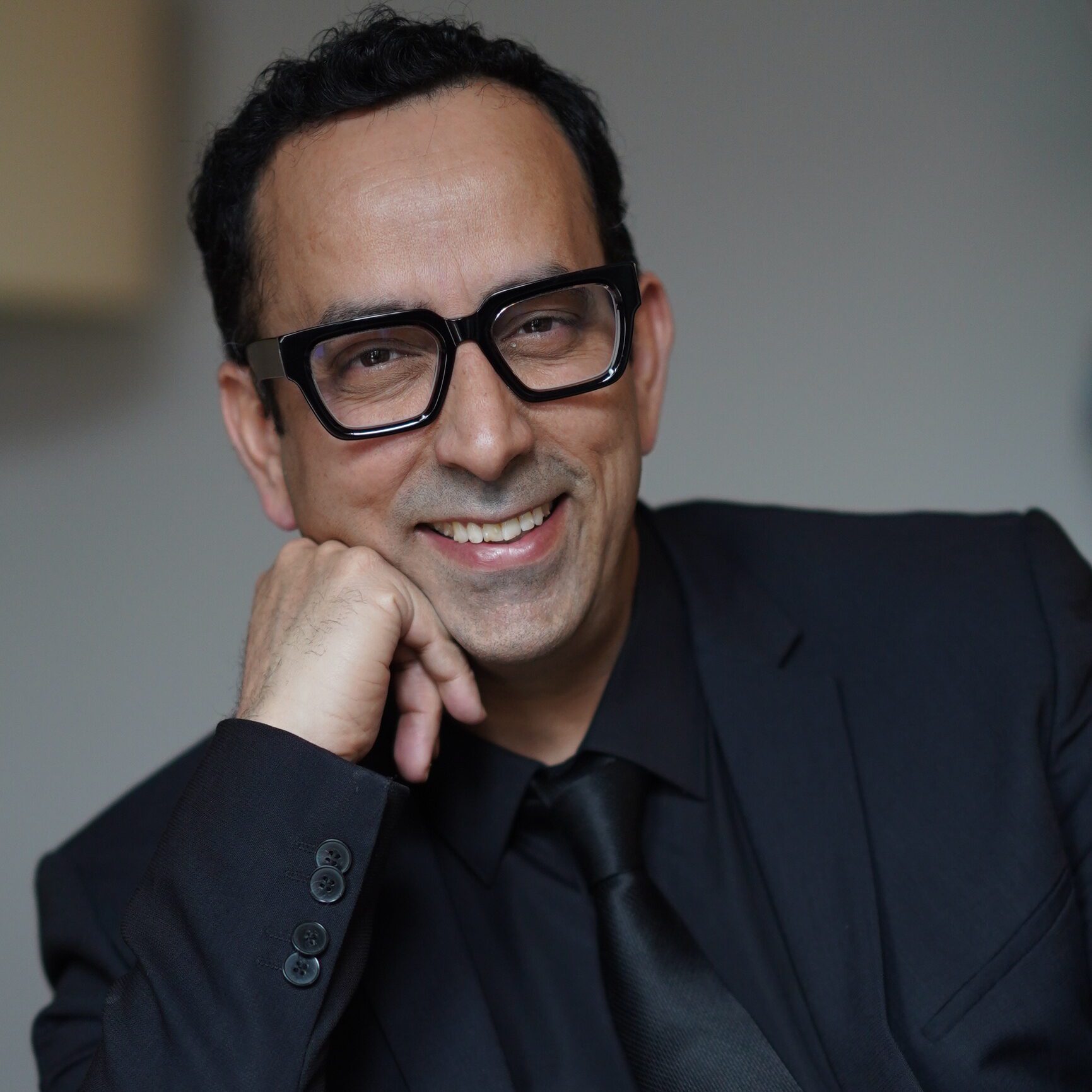By 2030, the generative AI market is projected to surpass $200 billion, with applications spanning art, music, film, design, and more (Markets and Markets). Generative AI, which uses algorithms to create original content based on existing data, is reshaping how creativity is perceived and experienced. Visionary keynote speakers are offering insights into how generative AI is enhancing creative fields, empowering artists, and driving innovation.
Thought leaders like Sam Altman, CEO of OpenAI, and Kate Crawford, co-founder of the AI Now Institute, are leading the conversation on generative AI in creativity. Sam Altman discusses how models like GPT and DALL-E are not just tools for automating creative processes, but partners in creative work. He highlights how generative AI is allowing individuals and businesses to produce high-quality content at scale, democratizing creativity by enabling anyone with an idea to bring it to life, regardless of technical ability. Altman envisions a future where AI is fully integrated into the creative process, helping artists, musicians, and writers generate new ideas and unlock their full creative potential.
Kate Crawford explores the ethical implications of generative AI, particularly regarding copyright issues, bias in generated content, and the potential for AI to reproduce harmful stereotypes. She stresses the importance of developing AI tools that are not only capable of creating diverse and original works but that do so in a way that is fair and inclusive. Crawford advocates for transparency in the development of generative AI and encourages the creative industries to implement ethical standards to prevent AI-generated content from perpetuating misinformation, exploitation, and inequality.
Applications of generative AI in creativity are vast and transformative. In visual arts, AI systems like DALL-E and Artbreeder allow artists to generate original pieces based on simple text descriptions or pre-existing images. In music, AI is being used to compose music across various genres, allowing musicians to explore new creative territories or enhance their compositions. In writing, AI-powered tools like OpenAI’s GPT models assist authors by generating story ideas, suggesting edits, or even drafting full paragraphs of text. In fashion, generative AI algorithms can design clothing patterns and predict trends, revolutionizing the design process.
Keynotes also address challenges such as ensuring that AI-generated content does not infringe on copyright, the authenticity of AI-created works, and the potential for AI to replace human creativity. Speakers stress the importance of understanding that generative AI should be viewed as a tool that enhances human creativity rather than replacing it. Emerging trends like AI-driven interactive media, where content dynamically adapts based on audience interaction, and generative design in architecture, where AI helps create optimized and sustainable structures, are expected to push the boundaries of creative industries even further.
Takeaway? Generative AI is not just a technological advancement—it’s a creative revolution. Engaging with visionary keynote speakers provides businesses, technologists, and creatives with the insights to responsibly incorporate AI into their workflows, ensuring it serves as a collaborative tool that drives innovation, inspires new ideas, and enhances creative expression across all industries.


